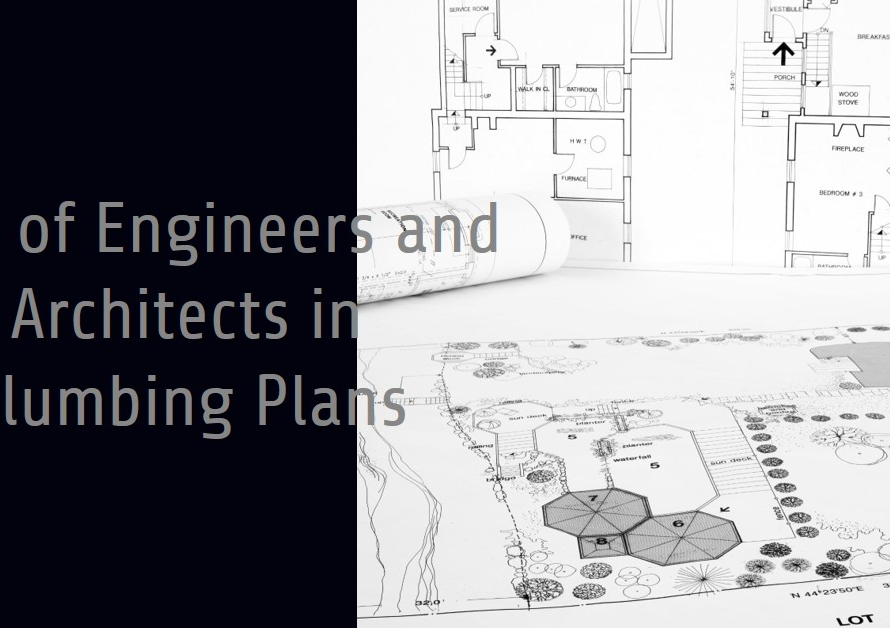
Table of Contents
1. Introduction: The Power of a Well-Organized Portfolio (3D Rendering)
Your 3D rendering and visualization portfolio is your most powerful tool for showcasing your skills and attracting clients. In today’s competitive market, a well-organized portfolio can make all the difference in capturing the attention of potential clients and securing lucrative projects. In this guide, we’ll explore how to organize your portfolio for maximum effectiveness, from selecting the right projects to presenting them in a compelling and professional manner.
2. Defining Your Audience and Objectives
Before diving into the process of organizing your portfolio, it’s essential to define your target audience and objectives. Consider who you’re trying to attract with your portfolio – potential clients, employers, collaborators – and tailor your portfolio accordingly. Are you focusing on residential or commercial projects? Interior or exterior renderings? By understanding your audience and objectives, you can curate your portfolio to showcase the projects and skills most relevant to your goals.
3. Selecting Your Best Work
When organizing your portfolio, quality always trumps quantity. Choose a selection of your best and most impressive projects to include in your portfolio, focusing on those that demonstrate your range of skills, creativity, and attention to detail. Aim for a diverse mix of projects that showcase different styles, scales, and techniques, allowing potential clients to see the breadth of your capabilities. Be sure to include both completed projects and works in progress to give clients a sense of your process and potential for collaboration.
4. Creating a Cohesive Narrative
Your portfolio should tell a story – not just about the individual projects themselves, but about you as a designer or artist. Consider how each project fits into your overall narrative and brand identity, and organize your portfolio accordingly. Arrange your projects in a logical and intuitive order, grouping them by type, style, or theme to create a cohesive and engaging experience for viewers. Use transitions and introductions to guide viewers through your portfolio, highlighting key projects and achievements along the way.
5. Highlighting Key Skills and Expertise
In addition to showcasing your projects, your portfolio is an opportunity to highlight your key skills and expertise as a 3D rendering and visualization artist. Include a section or page dedicated to your skills, software proficiencies, and any relevant certifications or awards. Use this section to communicate your strengths and differentiate yourself from other artists in the field. Be sure to include examples or case studies that demonstrate how you’ve applied your skills to real-world projects and achieved tangible results for clients.
6. Providing Context and Insights
While stunning visuals are essential, providing context and insights into your process can set your portfolio apart and demonstrate your thoughtfulness as a designer. Include captions or descriptions with each project that provide background information, design concepts, and any challenges or solutions encountered along the way. Use before-and-after images, sketches, and renderings to illustrate your design process and decision-making, giving clients a deeper understanding of your approach and expertise.
7. Showcasing Your Brand and Personality
Your portfolio is not only a showcase of your work but also an opportunity to express your brand and personality as a designer. Consider how you can infuse your portfolio with elements that reflect your personal style, values, and aesthetic preferences. From the layout and typography to the color scheme and imagery, every aspect of your portfolio should reinforce your brand identity and leave a lasting impression on viewers. Don’t be afraid to inject some personality and creativity into your portfolio – after all, it’s what sets you apart from the competition.
8. Optimizing for Online and Offline Viewing
In today’s digital age, it’s essential to optimize your portfolio for both online and offline viewing. If you’re creating a digital portfolio, ensure that it’s mobile-friendly, easy to navigate, and loads quickly on all devices. Consider creating a PDF version of your portfolio for offline viewing or printing, especially if you’ll be attending in-person meetings or networking events. Whichever format you choose, make sure your portfolio is easily accessible and shareable, allowing potential clients to view your work anytime, anywhere.
9. Seeking Feedback and Iterating
Once you’ve organized your portfolio, don’t be afraid to seek feedback from peers, mentors, or industry professionals. Ask for their honest opinions and suggestions for improvement, and be open to constructive criticism. Use their feedback to iterate and refine your portfolio, making adjustments as needed to enhance its effectiveness and impact. Remember that your portfolio is a dynamic and evolving tool that should grow and evolve with your skills and experiences.
10. Conclusion: Elevating Your Portfolio to the Next Level


A well-organized portfolio is a powerful tool for showcasing your skills and attracting clients in the competitive world of 3D rendering and visualization. By defining your audience and objectives, selecting your best work, creating a cohesive narrative, and highlighting your key skills and expertise, you can create a portfolio that stands out and leaves a lasting impression on potential clients. With careful planning, attention to detail, and a touch of creativity, you can elevate your portfolio to the next level and position yourself for success in the industry.


